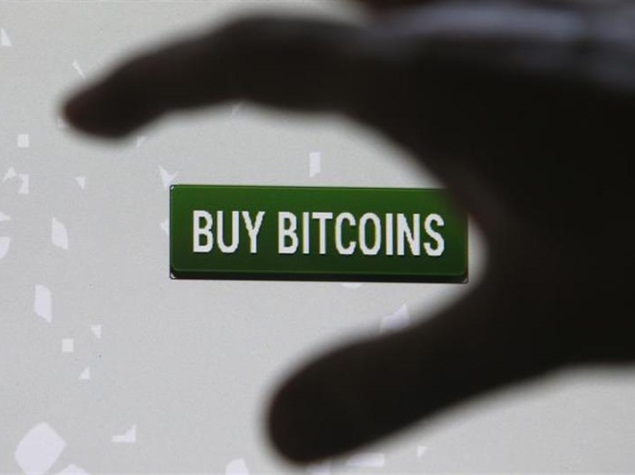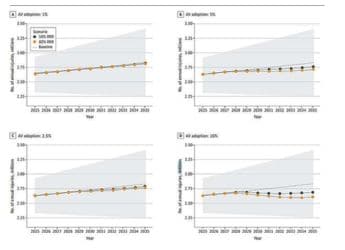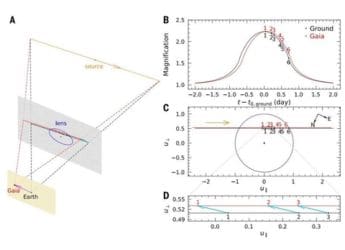- Home
- Internet
- Internet News
- Mt. Gox questioned on handling client cash long before bankruptcy filing
Mt. Gox questioned on handling client cash long before bankruptcy filing

The question of how Mt. Gox handled other people's money - the issue raised by staff in the showdown with Karpeles in early 2012 - remains crucial to unravelling a multi-million dollar mystery under examination by authorities in Japan.
A bankruptcy administrator and police are seeking to determine how a Tokyo start-up that shot from obscurity to dominate global trade in Bitcoin managed to lose more than $27 million in old-fashioned cash held in a bank as well as Bitcoins worth close to $450 million at today's prices.
(Also see: Mt. Gox Bitcoin exchange goes bust)
The still-unresolved issue has thrown a spotlight on how Mt. Gox functioned as a hybrid between an online brokerage and an exchange. Essentially, the more than 1 million traders who used Mt. Gox at its peak had entrusted a 3-year-old firm to hold their money safely until they decided to cash out.
A court-appointed bankruptcy administrator on Friday said an initial examination of Mt. Gox - key to determining whether Mt. Gox's users will be able to recover some of what they had on deposit with the exchange - would not be complete until May, citing the involvement of authorities in the case.
Growing strains
In interviews with Reuters, current and former employees at Mt. Gox described the strains that emerged over the handling of customer money just as the firm was gearing up for expansion and Bitcoin was edging out of the shadows as an investment and a means of online settlement.
By early 2012, a small group of Mt. Gox employees, all of whom worked on one-year contracts, began to worry that customer funds had been diverted to cover operating costs that they estimated to be rising. Those costs included rent in a Tokyo high-rise that also housed offices for Hulu and Google, high-tech gadgets such as a robot and a 3-D printer and a souped-up, racing version of the Honda Civic imported from Britain for Karpeles, people who have reviewed expenses said.
(Also see: Mt. Gox Bitcoin exchange website goes offline as currency value plummets)
Unlike Karpeles, the employees say they did not have access to the financial records of Mt. Gox. They asked for a formal meeting with the then-26-year-old Karpeles in early 2012, those involved said, and asked him to respond to their estimate that Mt. Gox was spending more than it was taking in. They were also concerned that company expenses were being paid from the same bank account used for customer deposits.
Karpeles told the group that customer money was not being used to fund the business, but declined to provide details on how the business had covered any loss. The meeting broke off after about an hour, those who participated said.
Several of the staff say they left the inconclusive meeting frustrated that Karpeles would not share proof that client deposits had been protected. For his part, Karpeles believed he had thwarted a challenge to his leadership by staff who had no right to see the books of a firm he owned and was funding, a person familiar with his thinking said.
(Also see: Mt. Gox says it is cooperating with police in missing Bitcoins probe)
Mt. Gox referred questions to its lawyers who had no immediate comment.
The former Mt. Gox employees who spoke to Reuters asked not to be named because of potential legal complications. Tokyo police have taken evidence from Mt. Gox in recent days as part of an early-stage inquiry into what the company has described as possible theft.
It is unclear how Japanese law would treat any such diversion of customer funds as Mt. Gox was not regulated as a financial institution. As a private firm in which Karpeles held an 88 percent stake with no declared debt, Mt. Gox was under no obligation to share any details on its finances.
Accounting
Mt. Gox said in its February 28 bankruptcy filing that hackers may have exploited what it called "a bug in the Bitcoin system" to steal virtual currency from the exchange. It has not offered an explanation for the missing $27 million in cash.
By 2012, from its offices in Tokyo's Shibuya neighbourhood, Mt. Gox was handling at least $14 million in Bitcoin trades per month, according to its estimates - equivalent to almost 90 percent of global trade in the digital currency at the time.
Mt. Gox's only revenue came from a transaction fee initially set at 0.6 percent of trades and later discounted for big transactions, according to the company. Daily cash revenue for the exchange was just over $1,500, according to figures it posted on its website in August 2012 in a bid to reassure its traders that it was solvent.
The company's accounting was complicated by it recording some revenue in Bitcoin, which it used to cover some expenses, such as buying computer gear, a person who reviewed those transactions said.
By April 2013, up to $20 million was flowing into the exchange every day, with $300,000 being cashed out, Karpeles told Reuters in an interview then.
Karpeles was the only person at Mt. Gox who had access to the bank accounts, and each withdrawal request was handled manually, slowing the process, three former employees said.
In its bankruptcy filing Mt. Gox did not list what remained in its bank accounts, including Mizuho Bank, which had been its main bank in Japan. It said it owed 1.3 million Bitcoin traders $55 million based on deposits it had taken.
© Thomson Reuters 2014
Catch the latest from the Consumer Electronics Show on Gadgets 360, at our CES 2026 hub.
Related Stories
- Samsung Galaxy Unpacked 2025
- ChatGPT
- Redmi Note 14 Pro+
- iPhone 16
- Apple Vision Pro
- Oneplus 12
- OnePlus Nord CE 3 Lite 5G
- iPhone 13
- Xiaomi 14 Pro
- Oppo Find N3
- Tecno Spark Go (2023)
- Realme V30
- Best Phones Under 25000
- Samsung Galaxy S24 Series
- Cryptocurrency
- iQoo 12
- Samsung Galaxy S24 Ultra
- Giottus
- Samsung Galaxy Z Flip 5
- Apple 'Scary Fast'
- Housefull 5
- GoPro Hero 12 Black Review
- Invincible Season 2
- JioGlass
- HD Ready TV
- Laptop Under 50000
- Smartwatch Under 10000
- Latest Mobile Phones
- Compare Phones
- Vivo Y50e 5G
- Vivo Y50s 5G
- Realme 16 Pro+ 5G
- Realme 16 Pro 5G
- TCL Nxtpaper 70 Pro
- OPPO A6 Pro 5G
- Honor Power 2
- OPPO A6s
- Zephyrus Duo 16 (2026)
- Asus ROG Zephyrus G16 (2026)
- Realme Pad 3
- OPPO Pad Air 5
- Xiaomi Watch 5
- Huawei Watch 10th Anniversary Edition
- Acerpure Nitro Z Series 100-inch QLED TV
- Samsung 43 Inch LED Ultra HD (4K) Smart TV (UA43UE81AFULXL)
- Asus ROG Ally
- Nintendo Switch Lite
- Haier 1.6 Ton 5 Star Inverter Split AC (HSU19G-MZAID5BN-INV)
- Haier 1.6 Ton 5 Star Inverter Split AC (HSU19G-MZAIM5BN-INV)

















